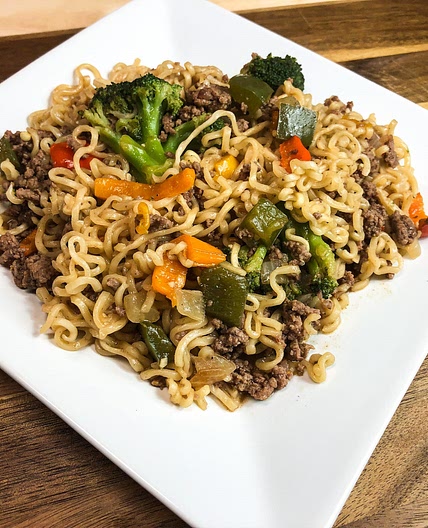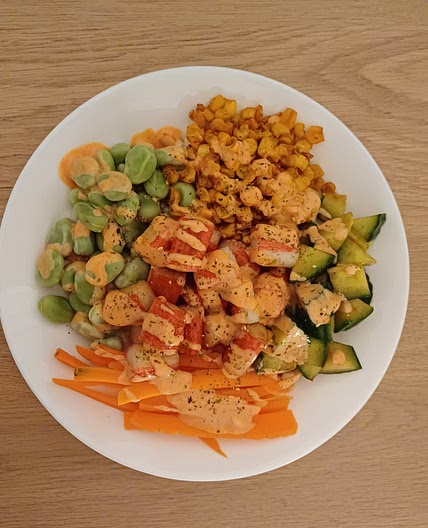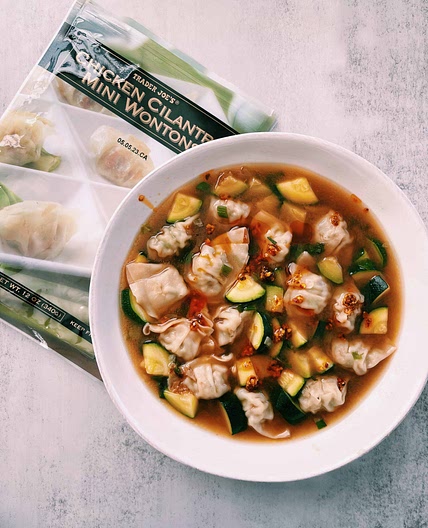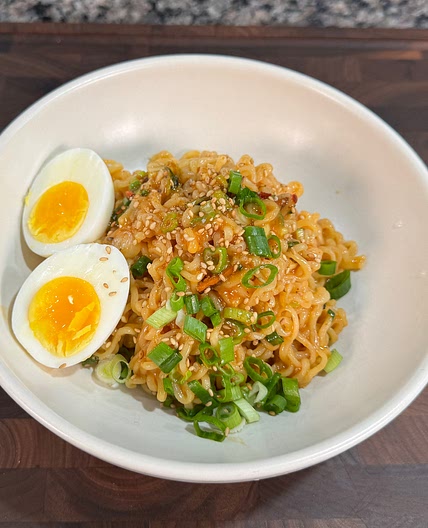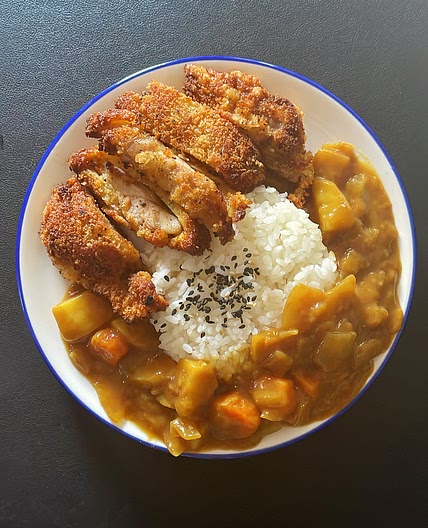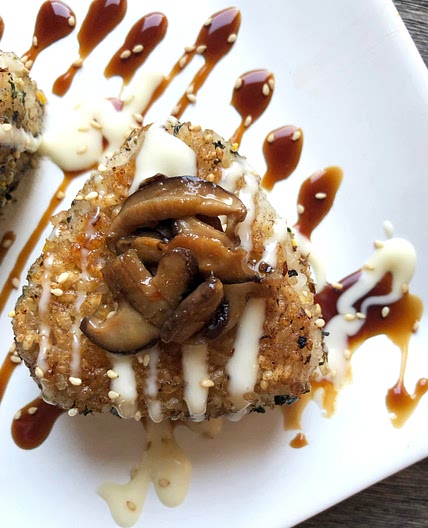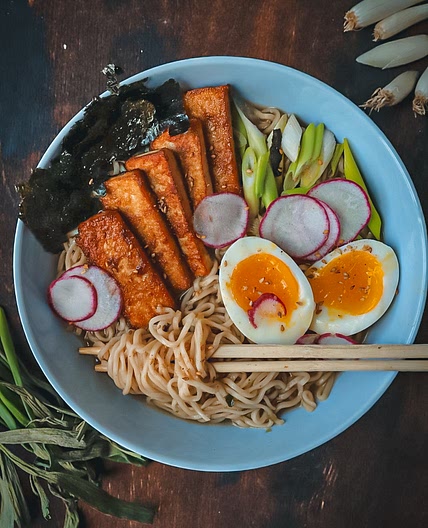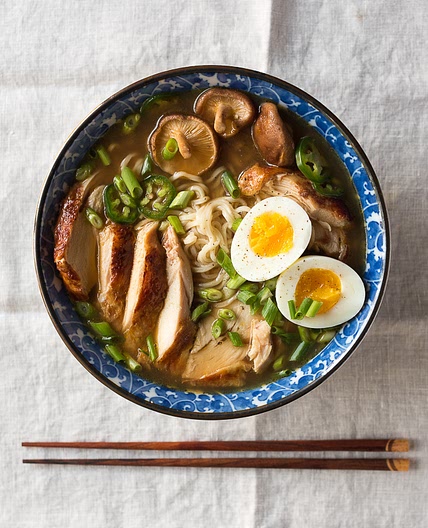By Hailey
Japanese Chicken Curry
23 steps
Prep:20minCook:50min
Delicious Japanese chicken curry recipe for a weeknight dinner! Tender pieces of chicken, carrots and potatoes cooked in a rich savory curry sauce, this Japanese version of curry is a must-have for your family meal.
Updated at: Thu, 07 Sep 2023 19:23:29 GMT
Nutrition balance score
Good
Glycemic Index
68
Moderate
Glycemic Load
51
High
Nutrition per serving
Calories565.2 kcal (28%)
Total Fat17.5 g (25%)
Carbs74.1 g (28%)
Sugars12.5 g (14%)
Protein24.9 g (50%)
Sodium1825.9 mg (91%)
Fiber6.3 g (23%)
% Daily Values based on a 2,000 calorie diet
Ingredients
8 servings
670gonions
190gcarrots
432gYukon gold potatoes
1 tspgrated ginger
2cloves garlic
170gApple
1.5 lbboneless chicken breast
black pepper
to taste
For the curry sauce
For serving
Instructions
Step 1
Gather all the ingredients. Please read my blog post on the “secret ingredient” we add to the curry. For this recipe, I add ginger, garlic, apple, honey, soy sauce, and ketchup.
To prepare ingredients
Step 2
Cut 2 onions into wedges. I like to have the texture of the onions in my curry, so I cut them into thick wedges. If you prefer, you can mince or thinly slice the onions so they disintegrate into the sauce.
Step 3
Peel 2 carrots and cut them into rolling wedges (it‘s called rangiri in Japanese). This type of cut creates more surface area, which helps the carrots absorb more flavor and cook faster.
Step 4
Peel 3 Yukon gold potatoes and cut them into quarters. Soak them in water for 15 minutes to remove excess starch. Tip: Yukon gold potatoes hold their shape well. You can use russet potatoes, but they tend to disintegrate into the broth during cooking, so cut them into 6 pieces each and add to the pot toward the end of cooking.
Step 5
Grate the ginger (I use a ceramic grater) and measure 1 tsp ginger with the juice. Set aside. Mince 2 cloves garlic and set aside (I use a garlic press later when adding to the pot).
Step 6
Cut ½ apple into quarters, remove the core, and peel the skin.
Step 7
Grate the apple and set aside. Note: You also could use 1 small lunchbox apple for 8 servings.
Step 8
Cut off the extra fat from 1½ lb boneless, skinless chicken thighs and discard it. Then, cut the chicken into bite-sized pieces. I recommend cutting it diagonally (it‘s called sogigiri in Japanese) to create more surface area and flatten each piece so it cooks faster. Season with freshly ground black pepper. Tip: If you will use homemade curry roux, you can lightly season the chicken with kosher salt as well.
To cook the curry
Step 9
Heat 1½ Tbsp neutral oil in a large pot over medium heat and add the onion.
Step 10
Sauté the onions, stirring occasionally, until they become translucent and tender, about 5 minutes. Don‘t stir the onions too often because they won’t develop a golden color. Cooked onions add amazing flavor, so we do not want to skip this step. If you have an extra 5 minutes, definitely caramelize the onions!
Step 11
Add the minced garlic (I pass it through a garlic press for a finer texture) and grated ginger and mix well together.
Step 12
Add the chicken and cook, stirring frequently, until it‘s no longer pink on the outside. If the onions are getting too brown, reduce the heat to medium low temporarily.
Step 13
Add 4 cups chicken stock/broth. To reduce the sodium, you can substitute with water only or use half stock and half water, if you prefer. Tip: If you‘re using my homemade curry roux, you don‘t need to worry as it does not contain salt.
Step 14
Add the grated apple, 1 Tbsp honey, 1 Tbsp soy sauce, and 1 Tbsp ketchup (or any condiment you choose to add). Please read my blog post for details.
Step 15
Add the carrots and Yukon gold potatoes (if you‘re using russet potatoes, add them later in the last 15–20 minutes of cooking). The broth should barely cover the ingredients. Don‘t worry; we don‘t want too much liquid here, and additional liquid will be released from the meat and vegetables.
Step 16
Simmer, covered*, on medium-low heat for 15 minutes, stirring occasionally. *Simmer uncovered if the ingredients are completely submerged in the broth.
Step 17
Once boiling, use a fine-mesh strainer to skim the scum and foam from the surface of the broth.
Step 18
Continue to cook covered until a wooden skewer goes through the carrots and potatoes.
To add the curry roux
Step 19
Turn off the heat. From 1 package Japanese curry roux, put 1–2 cubes in a ladleful of cooking liquid. Slowly let it dissolve with a spoon or chopsticks and stir into the pot to incorporate. Repeat with the rest of the blocks, 2 cubes at a time. Tip: I use 1 full-sized box of store-bought curry roux, which is typically for 8–12 servings (be careful, as some brands offer a smaller box, which is 4 servings). With my homemade curry roux, I typically use 6–7 cubes for 8 servings (about 80% of the curry roux mixture if it hasn‘t solidified yet).
Step 20
Simmer, uncovered, on medium-low heat, stirring frequently, until the curry becomes thick, about 5–10 minutes. If your curry is too thick, you can add water to thin the sauce. When you stir, make sure that no roux or food is stuck to the bottom of the pot; otherwise, it may burn.
Step 21
If you use my unsalted homemade curry roux, taste the curry now and add salt to your liking. Tip: I recommend adding 2–4 tsp Diamond Crystal kosher salt, but this will vary based on the brand of the chicken broth and condiments you added.
To serve
Step 22
Serve the curry with steamed Japanese short-grain rice on the side. If you like, garnish with fukujinzuke (Japanese red pickled vegetables).
To store
Step 23
You can keep the leftovers in a glass airtight container (so no stains!) and store it in the refrigerator for up to 3 days and in the freezer for a month. The texture of the potatoes will change in the freezer, so you should take them out before freezing. Defrost the frozen curry in the refrigerator for 24 hours and reheat in a pot. When you reheat, add ¼–½ cup (60–120 ml) water to dilute the curry sauce.
Notes
1 liked
0 disliked
Delicious
Easy
Go-to
There are no notes yet. Be the first to share your experience!


